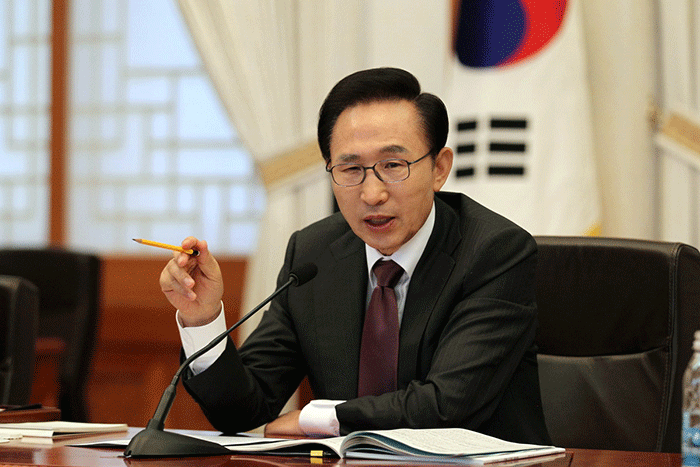Who’ll win in the upcoming parliamentary elections on April 13?
By Lee Kyung-sik,
Publisher, The Korea Post.
The National Assembly general elections are only a little over three weeks away and Korea Gallup has recently disclosed an opinion survey on the prospects of the winning parties on the decisive day of April 13, 2016.
The results of the polls taken on March 15-17 showed the ruling Saenuri Party leading with a 41% victory followed by the Minjoo (Democatic) Party with 20%, the People’s Party with 8% and the Justice Party with 7%. Other surveys also show similar results with slight differences. They roughly average 40% for Saenuri, 25% for Minjoo, 10% for the People’s Party and 5% for the Justice Party. The remaining 20% indicate that they are undecided.

Beginning on March 31, the ruling and opposition political parties start their election campaign. With the undecided 20% hypothetically included in the total number of voters, Saenuri might win 50%, Minjoo 32%, People’s Party 12% and Justice Party 6%.
Considering the total 300 seats of the National Assembly, including the comparative representatives of the different parties, the final tally of the assemblymen by the competing parties would be Saenuri 150 seats, Minjoo 96, People’s Party 36 and Justice Party 18. Both the ruling and opposition political parties are experiencing severe internal strive of the nomination of the candidates for the elections, which would seriously affect the actual results of the elections.

President Park Geun-hye is known to be trying to see her ‘own people’ to win the Saenuri Party nomination to run in the elections?as did most of her predecessors, especially former President Lee Myung-bak, who had his ‘own people’ nominated in the past election at the expense of the candidates of the then ruling Hannara Party. In the latest Saenuri Party nomination for the upcoming elections, former President Lee Myung-bak’s righthand man, Rep. Lee Jae-oh, was dropped from the list of the Saenuri Party candidates. The main opposition Minjoo Party is also in a similar situation. Many of the influential members of the party, the incumbent Assemblymen, were dropped from the list of the nominees to run in the race and some of them have declared that they would run in their capacity as independent candidates.
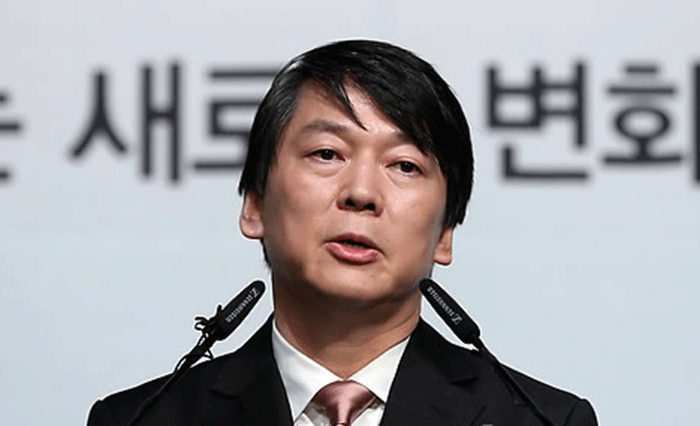
The second opposition People’s Party is relatively free from internal strife over the candidate nomination and this poses a measure of obstacle in the prediction of the winning parties in the elections. So, what would be the actual results of the elections?in spite of the odds?
The decisive battle would be in Seoul and the surrounding areas of the capital zone where there are a total of 122 seats to be shared by the ruling and opposition parties. Traditionally, Seoul and the surrounding zone are the power-seat region of the opposition camp as the more educated population is there and is normally opposition-oriented politically. However, in the upcoming competition, the opposition camp is not necessarily in a very advantageous situation as it is split between the Minjoo Party of Moon Jae-in (now represented by Kim Jong-in), the People’s Party of Ahn Cheol-soo and the Justice Party of the progressive lady opposition leader Shim Sang-jeong.
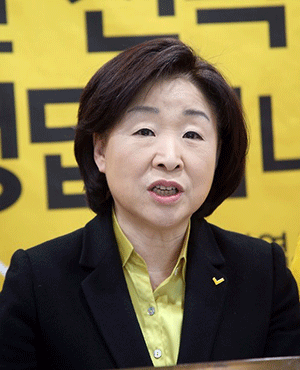
With the exception of Jeolla provinces, the provincial regions are normally pro-ruling camp, especially the power-seat southeastern region of the Gyeongsang provinces that have a total of 65 seats. The traditionally conservative inland Chungcheong provinces, also friendly with the ruling camp, have a total of 27 seats and the similarly pro-Saenuri northeastern province of Gangwon has a total of eight seats. The opposition-strong southwestern Jeolla provinces have a total of only 28 seats that have to be shared by the opposition parties of Moon and Ahn. Exerting a considerable extent of influence on the result of the elections is the people’s support rating of President Park Geun-hye. Recent surveys show that she has 40% supporting her and 45% against, which is pretty high in her favor in view of her predecessors. Perhaps this is why the main opposition party levels its point of attack on the poor economic policies of the Park government instead of downright ‘Change the Government!’ tactics.
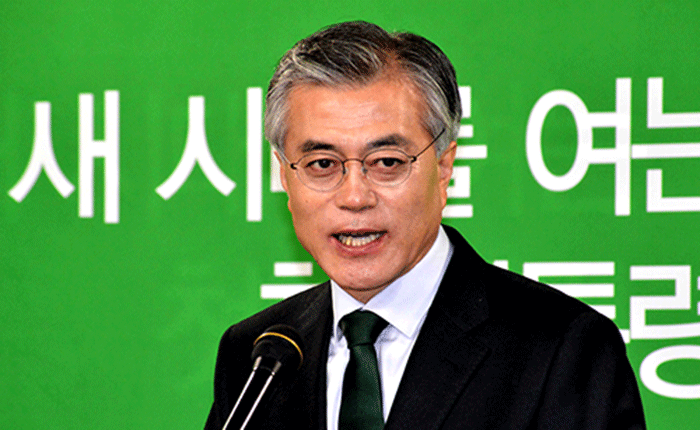
Another important factor exerting a great extent of influence on the elections is the voter turnout. It was 54.2% in the last (19th) National Assembly while it was 46.1% for the preceding 18th-term parliamentary elections. Normally, if the voting rate is high, it favorably affects the opposition camp. This is because the conservative-oriented voters in the 50s and older favor the ruling camp while those in the 20s and 30s support the opposition candidates. The old people tend to go to the polls while the young ones would rather go on picnic than to the polling stations.
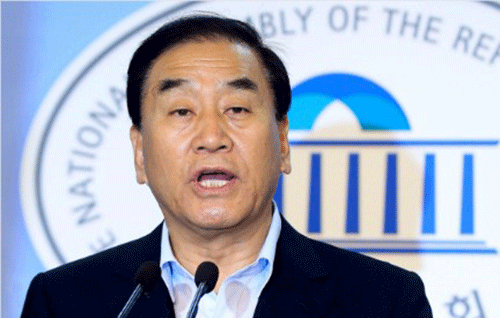
The Saenuri party leaders want to secure a total of 180 seats while the main opposition Minjoo Party insists on winning at least more than 100 seats.
Ahn’s People’s Party must win at least 20 seats to form a parliamentary negotiating body, which, however, does not look very easy at this time.
This is because the 20 seats would entitle the People’s Party to the 8.5 billion won state subsidy. Otherwise, Ahn would have to be satisfied with only 2.5 billion won given to the parties with less seats.